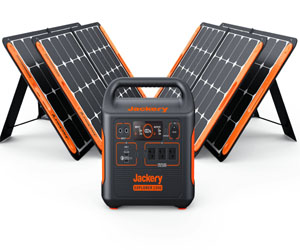


Thriving In Compact Living
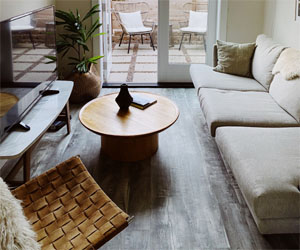
In today's rapidly changing world, more people are opting for smaller living spaces, whether due to financial constraints, environmental concerns, or simply a desire for a more minimalist lifestyle. While living in a compact space may initially seem challenging, small space efficiency has become an art form, allowing individuals to not only survive but thrive in limited square footage. This article explores the principles and strategies for making the most of your small space, turning it into a comfortable and efficient haven.
1. Multifunctional Furniture
One of the key principles of small space efficiency is multifunctional furniture. These pieces serve multiple purposes, allowing you to make the most of every square inch. Sofa beds, fold-out desks, and dining tables with hidden storage are excellent examples. They provide comfort and functionality without monopolizing valuable space.
2. Vertical Storage
Utilizing vertical space is a game-changer in small spaces. Wall-mounted shelves, cabinets, and hooks create storage opportunities while keeping the floor area open and uncluttered. Vertical storage can also lend a sense of height and depth to your small space, making it feel more expansive.
3. Clear Clutter Regularly
Living in a small space necessitates regular decluttering. Be selective about what you keep, and embrace the philosophy of "less is more." Donate or sell items you no longer need, and make a conscious effort to prevent new clutter from accumulating.
4. Dual-Purpose Rooms
In small homes, one room often serves multiple functions. For instance, your living room might double as a home office, or your bedroom may also function as a gym. Careful planning and the use of flexible furniture can help you transition seamlessly between these different roles.
5. Custom Storage Solutions
Small spaces often require custom storage solutions. Investing in customized cabinets, built-in shelves, and under-stair storage can help you maximize every available nook and cranny. Tailoring your storage to your specific needs can make a significant difference in small space efficiency.
6. Natural Light And Mirrors
Natural light can make a small space feel more open and airy. Ensure that windows are not obstructed, and consider light-filtering window treatments to let in sunlight. Mirrors strategically placed on walls can reflect light and create an illusion of more space.
7. Dual-Use Items
Look for items that can serve dual purposes. Ottomans with hidden storage, foldable chairs, and beds with built-in drawers can help you save space without compromising functionality.
8. Downsizing Your Wardrobe
A smaller home might necessitate downsizing your wardrobe. Embrace the concept of a capsule wardrobe, consisting of versatile and timeless pieces that can be mixed and matched. This simplifies your daily routine and minimizes clutter in your closet.
9. Reduce Visual Clutter
In a small space, less visual clutter is vital. Stick to a cohesive color palette and choose a few impactful decor items rather than overwhelming your space with decorations. This minimalist approach creates a serene and visually appealing environment.
Small space efficiency is not about making sacrifices; it's about making deliberate choices to create a comfortable, organized, and highly functional living space. By incorporating multifunctional furniture, maximizing vertical storage, and adopting a minimalist mindset, you can make the most of your compact home and turn it into a cozy and efficient sanctuary. Small spaces have their own unique charm, and with the right strategies, you can make the most of every square foot.

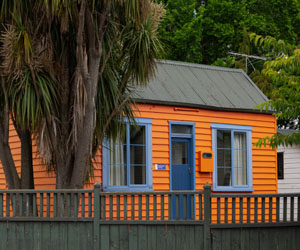
The Dynamics Of Growth And Development
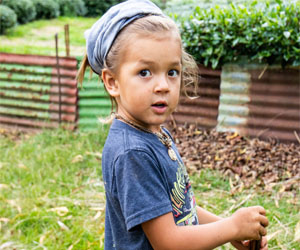 Physical Growth
Physical Growth
Physical growth is most evident during infancy and adolescence. During infancy, babies experience rapid physical growth, leading to significant weight gain and a noticeable increase in length. In adolescence, a growth spurt occurs, contributing to the dramatic changes in height and the development of secondary sexual characteristics.
Cognitive Development
Cognitive development is the process of acquiring knowledge, reasoning abilities, problem-solving skills, and language proficiency. Jean Piaget's theory of cognitive development identifies stages of development, from the sensorimotor stage in infancy to the formal operational stage in adolescence. This progression reflects the increasing complexity of thought processes and problem-solving abilities.
Emotional And Social Development
Emotional and social development is equally critical. Erik Erikson's psychosocial stages of development outline the challenges individuals face at different life stages. Emotional intelligence, the ability to recognize, understand, and manage one's own emotions, plays a vital role in social development, enabling individuals to form healthy relationships and navigate complex social situations.
Factors Influencing Growth And Development
Numerous factors influence the trajectory of growth and development, including genetics, nutrition, environmental factors, and socio-economic conditions. Genetic factors establish the baseline for an individual's growth potential, while nutrition plays a pivotal role in physical and cognitive development. Malnutrition during critical periods can lead to stunted growth and cognitive impairments.


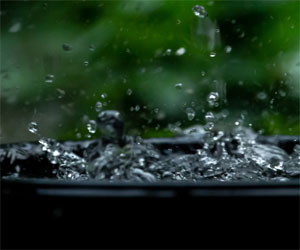
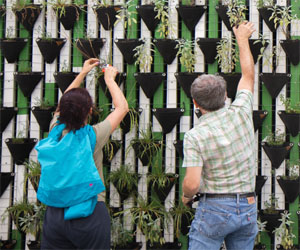
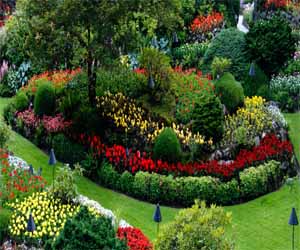
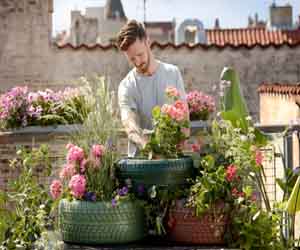
The Hidden Foundation Of Plant Vitality
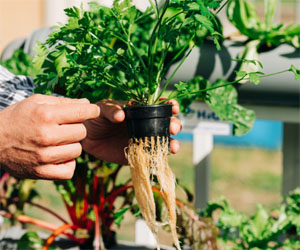 Soil Conditions: Soil quality, structure, and composition significantly affect root health. Well-draining, aerated soil with an optimal balance of organic matter and nutrients is crucial for healthy root development.
Soil Conditions: Soil quality, structure, and composition significantly affect root health. Well-draining, aerated soil with an optimal balance of organic matter and nutrients is crucial for healthy root development.
Nutrient Availability: The availability of essential nutrients, such as nitrogen, phosphorus, and potassium, is essential for root growth. Imbalances or deficiencies can impede root health.
Water Management: Both under- and overwatering can harm roots. Consistent and appropriate watering practices are essential for root vitality.
Disease And Pests: Pathogens and pests can damage roots, leading to root rot or other diseases. Proper plant health management is crucial for preventing such issues.
Aeration: Oxygen is vital for root respiration. Compacted soil or waterlogged conditions can deprive roots of oxygen, leading to poor health.
Temperature And Climate: Extreme temperatures and environmental conditions can stress roots. Plants adapted to specific climates are more likely to have healthier roots.
Implications Of Root Health
Root health has far-reaching implications for plant growth, crop yield, and ecosystem stability:
Enhanced Nutrient Uptake: Healthy roots efficiently absorb essential nutrients, leading to better growth and crop production.
Drought Tolerance: Robust root systems improve a plant's ability to withstand periods of drought by accessing water from deeper soil layers.
Pest And Disease Resistance: Healthy roots are better equipped to defend against pathogens and pests.
Embracing Simplicity And Freedom
 2. Minimalist Living
2. Minimalist Living
The compact lifestyle often goes hand in hand with minimalist living. Minimalism is the art of living with less, focusing on quality over quantity, and savoring life's experiences over material possessions. This approach allows individuals to focus on what truly matters and brings joy, while reducing the overwhelming feeling of too much stuff.
3. Environmental Consciousness
Embracing a compact lifestyle also leads to a greater sense of environmental consciousness. Smaller living spaces mean reduced energy consumption, less waste, and a lower carbon footprint. This lifestyle choice can significantly contribute to a more sustainable and eco-friendly way of living.
4. Financial Freedom
Living a compact lifestyle can lead to significant financial benefits. With fewer expenses related to housing, maintenance, and possessions, individuals have the opportunity to save more, invest wisely, and gain financial freedom. This financial independence can open doors to new opportunities and experiences.
5. Freedom To Travel
A compact lifestyle often provides the freedom to travel and explore the world. With fewer material possessions tying you down, you can easily pick up and go, embracing a nomadic lifestyle or simply enjoying more frequent getaways. Travel becomes an essential part of experiencing life to the fullest.
Cultivating A Sustainable Green Space
 Benefits Of Eco-Friendly Gardening:
Benefits Of Eco-Friendly Gardening:
Reduced Environmental Impact: One of the primary advantages of eco-friendly gardening is its ability to reduce the negative impact on the environment. By avoiding harmful chemical pesticides and synthetic fertilizers, you help protect the soil, water, and air from pollution.
Biodiversity: Eco-friendly gardening practices encourage the presence of diverse plant and animal species in your garden. This not only adds to the beauty of your green space but also contributes to local biodiversity and ecosystem health.
Sustainability: Sustainable gardening prioritizes renewable resources and practices, ensuring the long-term health and productivity of your garden. Composting, mulching, and water conservation are key elements of this approach.
Healthier Garden: By avoiding harsh chemicals, your garden becomes a healthier place for plants, insects, and people. Organic gardening methods promote the use of natural predators to control pests, resulting in a balanced and thriving ecosystem.
Cost-Effective: Eco-friendly gardening can be cost-effective in the long run. While initial investments in organic soil amendments and composting may be slightly higher, the reduced need for chemical inputs and lower maintenance costs can offset these expenses over time.
Principles Of Eco-Friendly Gardening:
Natural Pest Control: Encourage beneficial insects like ladybugs and lacewings, and use natural remedies like neem oil to combat garden pests.